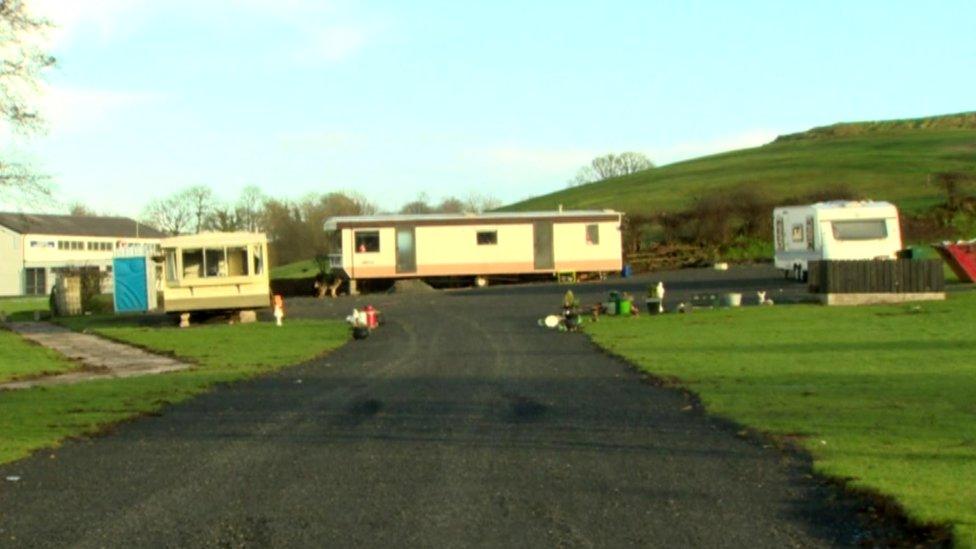Irish Travellers split in 1600s - study
- Published

It is thought there are about 30,000 people living in the Republic of Ireland who are members of the Travelling community
A study of Irish Traveller genetics has suggested that they split socially from the settled population much earlier than thought.
The research was carried out by scientists from the Royal College of Surgeons in Ireland, University College Dublin, the University of Edinburgh and the Hebrew University of Jerusalem.
They say it shows the divergence may have began 360 years ago.
It also suggests Travellers are closely connected to Irish settled people.
The researchers found that any genetic disparities between Travellers and settled people in the Republic are largely due to them remaining genetically isolated for several centuries and their numbers decreasing.
It is thought there are about 30,000 people living in the Republic of Ireland who are members of the Travelling community, representing 0.6% of the total population.
Previously it had been thought that Travellers had become displaced between 1845 and 1852 as a result of the Great Famine.
'Genetically very close'
"The findings confirm that the Irish Traveller population has an Irish ancestry and this comes at a time where the ethnicity of Travellers is being considered by the Irish state," the Royal College of Surgeons' Prof Gianpiero Cavalleri said.
"It is important to emphasise that although Irish Travellers show clear features of a genetic isolate, they are genetically very close to settled people in Ireland.
"It is also interesting to observe that the isolation of Travellers from settled people predates the Great Famine.
"However it's important to emphasise that our research estimates the beginning of the social divergence of the Travelling community, rather than their origin."
DNA samples from 42 Irish Travellers were compared with that of 143 European Roma, 2,232 settled Irish, 2,039 British, 5,964 European and 931 individuals from the rest of the world for the study.
Several genetic dating methods were also used to estimate the period when the travelling community began to split genetically from the settled population in Ireland.